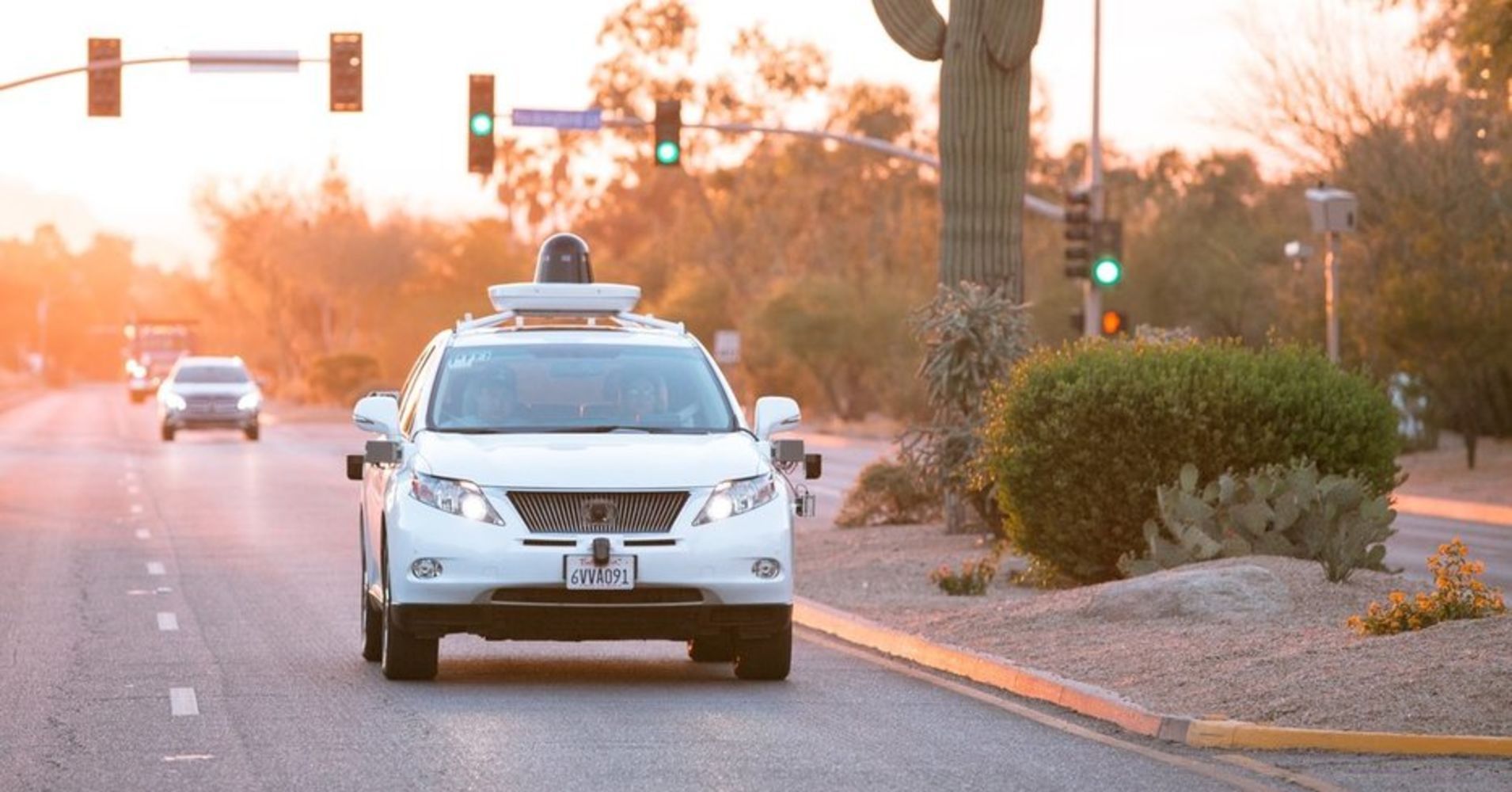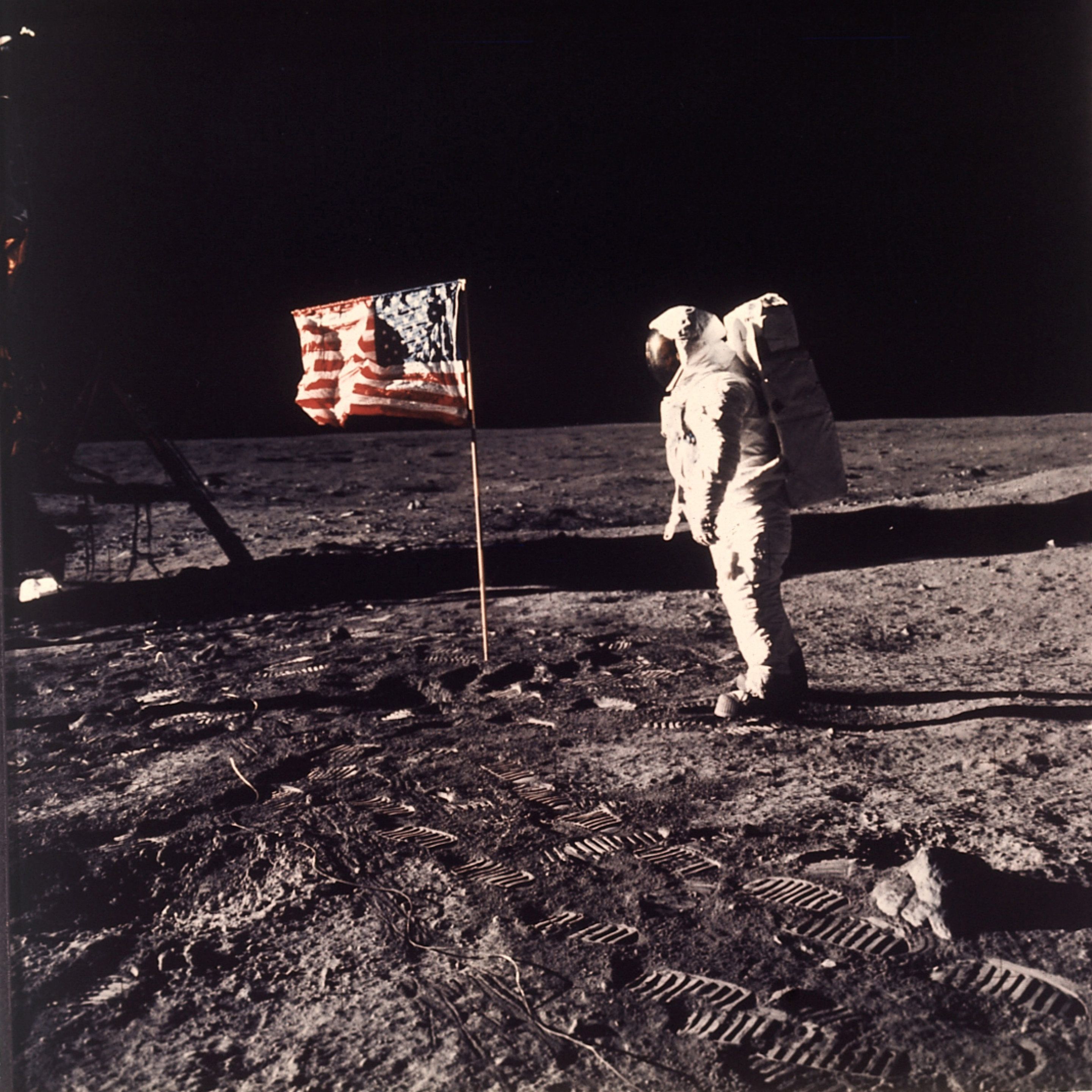An over looked planet. After the Moon, Mars and Venus, the last other planet to realistically debate building colonies on in the Solar System.
Our previous view of Titan was shrouded by its thick atmosphere, making it difficult to put together a clear global picture.
Now infrared imaging, which is similar to the technology used in night vision goggles, has provided a window through the moon’s clouds to the rugged surface and methane lakes below.
Despite looking seamless, they have been painstakingly pieced together from 13 years of observations by the Cassini spacecraft.




